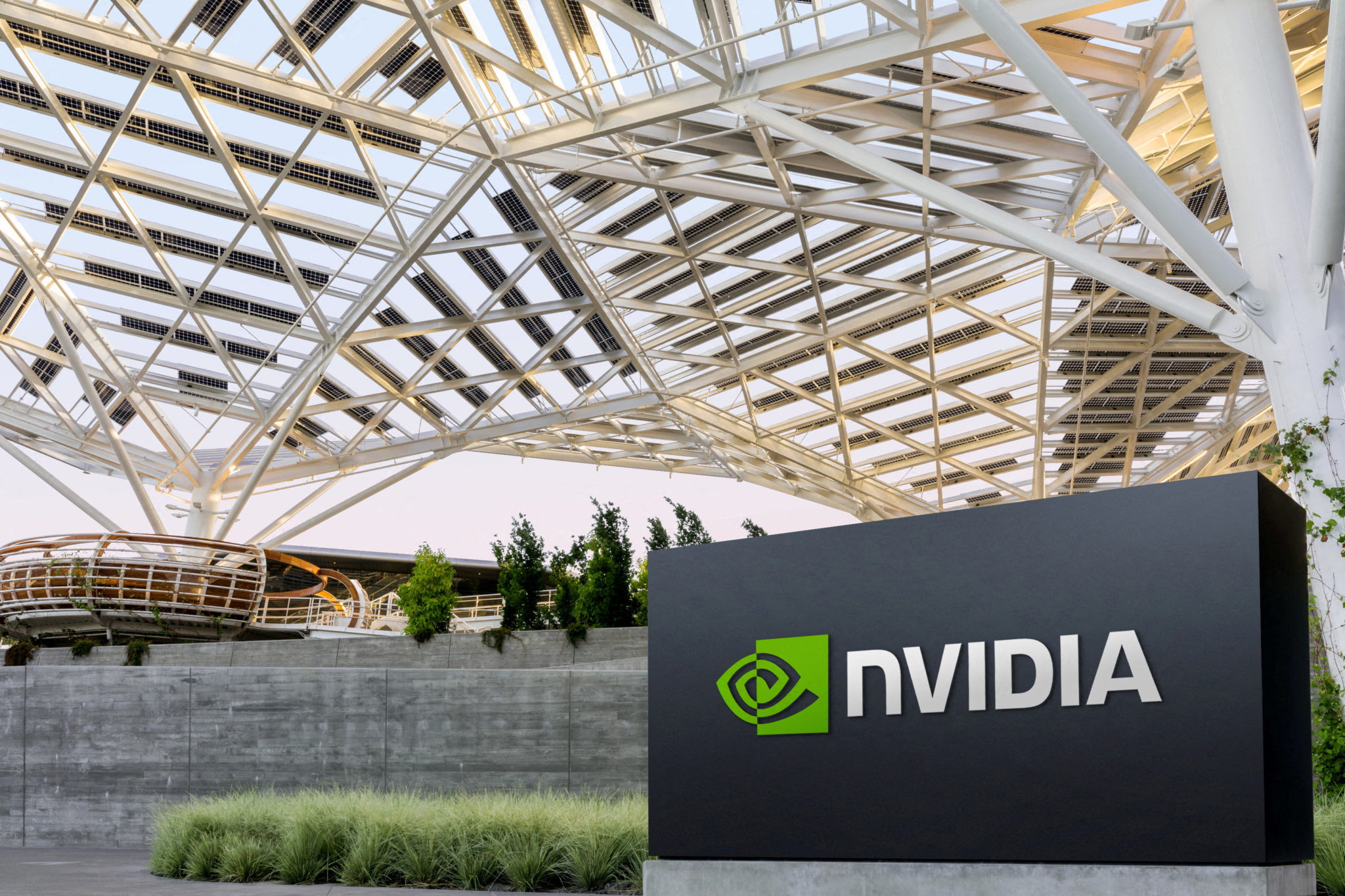Introduction: Artificial intelligence (AI) is driving innovation in today’s quickly changing technology landscape. Artificial intelligence has the ability to alter industries, increase productivity, and improve our daily lives. NVIDIA, a company that has dominated the sector with its powerful chip-based AI systems, is at the heart of many of these AI developments.
NVIDIA: A Brief Overview
NVIDIA, a California-based technology company, is known for its expertise in graphics processing units (GPUs). While GPUs have traditionally been associated with gaming and graphics, NVIDIA has taken this technology to new heights, adapting it to accelerate AI and machine learning workloads. This strategic pivot has paid off immensely, establishing NVIDIA as a driving force in the AI revolution.
Cutting-Edge Hardware
NVIDIA’s dominance in the AI landscape starts with its hardware. The company’s GPUs, such as the NVIDIA A100 Tensor Core GPUs and the NVIDIA V100, are designed for AI acceleration. These GPUs provide exceptional computing power, capable of handling complex AI tasks with ease. Their parallel processing architecture allows for the rapid execution of AI algorithms, making them indispensable in data centers and high-performance computing environments.
Software Ecosystem
NVIDIA’s commitment to AI extends beyond just hardware. The company has developed a comprehensive software ecosystem that complements its GPUs. This includes CUDA, a parallel computing platform, and cuDNN, a library for deep neural networks. These software tools simplify AI development and optimization, enabling researchers and developers to harness the full potential of NVIDIA’s hardware.
Deep Learning Advancements
NVIDIA has played a pivotal role in advancing deep learning, a subfield of AI critical for tasks like image and speech recognition. The company’s research and development efforts have contributed to the creation of deep learning frameworks like TensorFlow and PyTorch, which are widely adopted by the AI community. By fostering an open-source community around these frameworks, NVIDIA has encouraged innovation and collaboration in the field.
AI Across Industries
NVIDIA’s powerful AI systems have found applications in various industries. From healthcare to automotive, finance to entertainment, NVIDIA’s GPUs are being used to develop cutting-edge AI solutions. In the healthcare sector, for instance, GPUs are accelerating medical imaging and drug discovery. In the automotive industry, they are essential for autonomous driving technology. This widespread adoption is a testament to the versatility of NVIDIA’s AI solutions.
AI Research and Partnerships
NVIDIA’s influence in AI is further strengthened through its active engagement with the research community and partnerships with key players in the industry. The company collaborates with universities and institutions worldwide, providing researchers with access to its hardware and software resources. This collaborative approach has not only advanced AI research but has also cultivated a talented pool of experts well-versed in NVIDIA’s technology.
Conclusion
NVIDIA’s dominance in the AI landscape is no accident. It is the result of a strategic vision that has driven the company to invest in cutting-edge hardware, software, research, and partnerships. By providing powerful, chip-based AI systems, NVIDIA has positioned itself as a key player in the AI revolution, enabling advancements across various industries and contributing to the global adoption of AI technologies. As the AI field continues to evolve, it is evident that NVIDIA will remain at the forefront, shaping the future of artificial intelligence.
What is the significance of NVIDIA’s chip-based AI systems in the field of artificial intelligence?
Answer: NVIDIA’s chip-based AI systems are crucial because they provide the computational power necessary for training and deploying deep learning models. These systems have revolutionized AI by accelerating tasks like image recognition, natural language processing, and more, making them integral to AI development.
What sets NVIDIA’s GPUs apart from traditional graphics cards, and how do they contribute to AI advancements?
Answer: NVIDIA’s GPUs are optimized for AI workloads, featuring parallel processing architecture and specialized hardware for AI tasks. This makes them significantly faster and more efficient than traditional graphics cards when it comes to handling AI algorithms, enabling quicker model training and real-time AI applications.
How does NVIDIA support AI researchers and developers in their work?
Answer: NVIDIA actively supports the AI community through open-source deep learning frameworks like TensorFlow and PyTorch, which are widely used for AI development. Additionally, the company provides access to its hardware and software resources for research purposes and collaborates with institutions, fostering innovation and knowledge-sharing.
In which industries are NVIDIA’s chip-based AI systems making the most significant impact?
Answer: NVIDIA’s AI systems have applications across a wide range of industries, including healthcare (medical imaging, drug discovery), automotive (autonomous driving), finance (fraud detection), and entertainment (content creation and recommendation systems), among others. Their adaptability and high performance have made them invaluable in solving complex problems in these sectors.
How can businesses and organizations leverage NVIDIA’s AI solutions for their specific needs?
Answer: Businesses can harness NVIDIA’s AI solutions by incorporating them into their data centers, infrastructure, and software development processes. NVIDIA provides various tools, including software libraries and developer resources, to help organizations integrate its AI technology into their applications and services, thereby improving efficiency and unlocking new opportunities.


